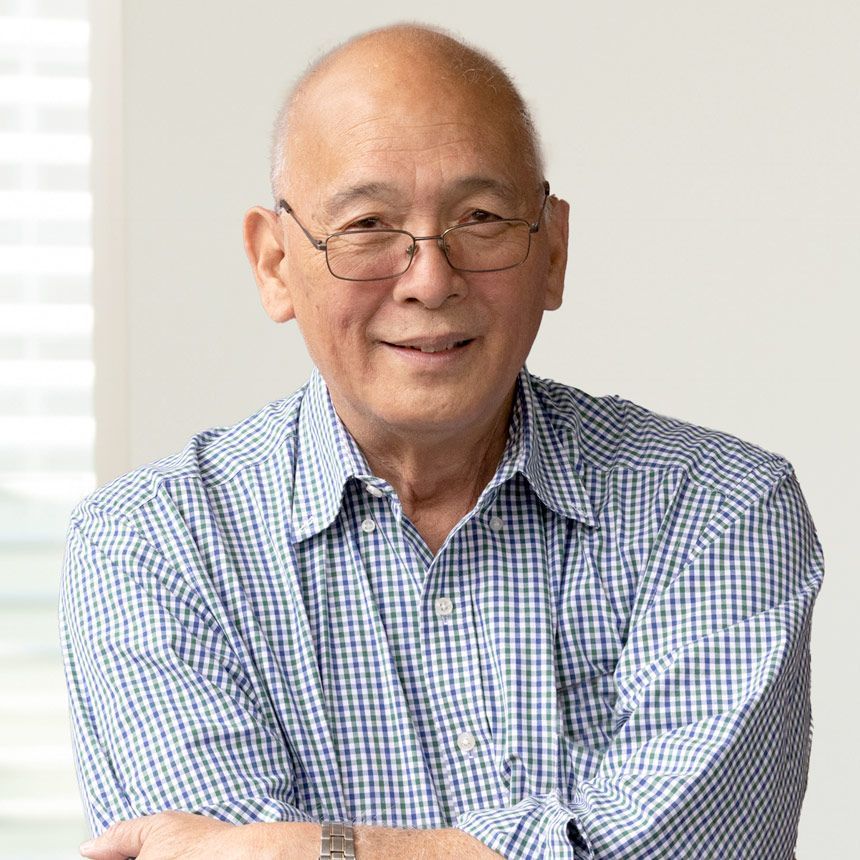We started the business back in 2019 just before covid hit our shores....
To start with we were searching for solutions to our families challenges...
We found Ron, we completed his training and then he asked us to be his Australian trainers.
We wanted to share his approach with as many teachers as possible so that we could help as many students as possible.
Helping our kids was the catalyst, helping australias students was the result.
Who are we? Australian owned and operated, philanthropic and compassionate. Growing as the business grows.
What began as a small operation supporting a handful of educators has grown into Australias leading provider of face-to-face teacher training in the YOG approach ffering over X courses annually across Australia.
With programs grounded in the Ron Yoshimoto/ Orton-Gillingham approach, DOGI empowers schools to implement whole-school literacy and numeracy strategies that drive real, measurable outcomes.
Delivering 3 courses developed by Ron Yoshimoto based on the og approach. approach not a method.
Read below about Ron, his experience and his qualifications.
Read below about the og approach which is the backbone of the courses that we teach and how we teach.
harmful to none, helpful for all and essential for some.



